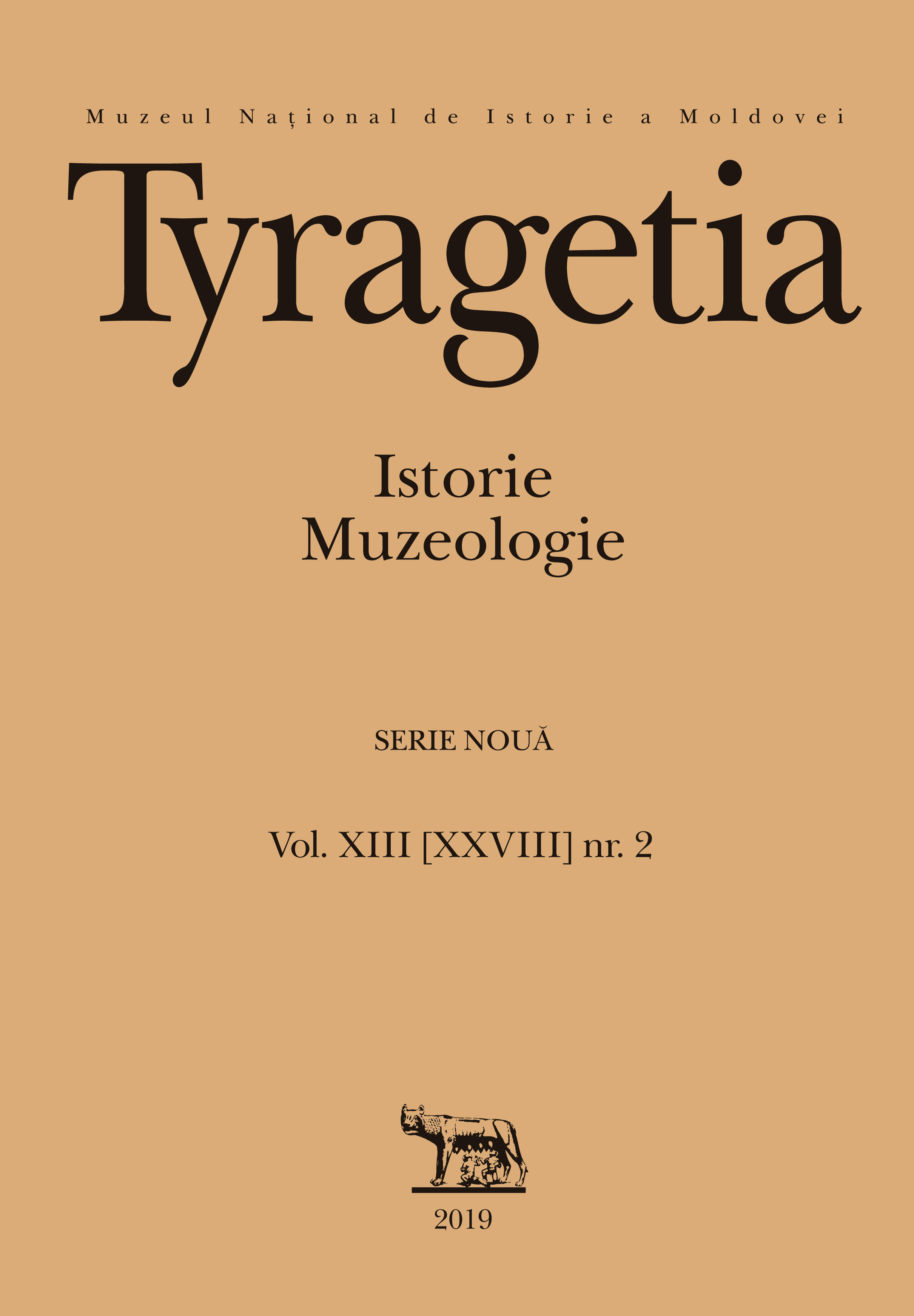Integration of reborn Poland and united Romania. Similarities and differences
Integration of reborn Poland and united Romania. Similarities and differences
Author(s): Krzysztof NowakSubject(s): Recent History (1900 till today)
Published by: Muzeul Naţional de Istorie a Moldovei
Keywords: Poland and Romania in 1918; territorial integration of reborn Poland and united Romania; federations; autonomy; separatism; national problems after WW I;
Summary/Abstract: Although the year 1918 marked the beginning of the great unification of Romania, and for Poles a total rebirth of statehood after 123 years of slavery, between these processes one can find both differences and similarities. This applies in particular to the problems of political and legal integration of Polish territories into one state and the „new“ Romanian provinces with the „old“ Kingdom. At the end of WW I independent Polish and Romanian national councils were established in areas inhabited by Poles and in the lands postulated by the Romanians. Some of them immediately declared their affiliation to their Homelands - this was especially visible in the Polish lands, others were more cautious, took a waiting position - the example of Bessarabia and Transylvania - which was caused by the geopolitical situation, fear of the Bolsheviks, a complex national structure in the region. They also hoped for reforms in Russia, Austria and Hungary towards the federation, and then for autonomy in their home countries. On the other hand, the Germans in Upper Silesia and Hungarians in the areas postulated by Romania were known from the typical separatist movements, who in the projects of their quasi-states created a chance to maintain their positions. The demand for autonomy by the inhabitants of some regions (Bessarabia, Transylvania, Upper Silesia) was also the result of previous experiences of life in countries with a higher civilization level. It was not easy to combine different regions in terms of economic and mental, which makes itself known to this day. Poland and Romania, as well as other Central European countries have become national states, but Romania was more centralized. There were fears about decentralization and national minorities. There were disputes between the center and the regions about how to manage them and it was often heard in such provinces as supranational slogans such as „Basarabia for Basarabian“ and „Bukovina for Bukovinians“. Similar terms appeared in Upper Silesia, although this region was the only one in Poland that gained territorial autonomy.
Journal: Tyragetia (Serie Nouă)
- Issue Year: XIII/2019
- Issue No: 2
- Page Range: 183-194
- Page Count: 12
- Language: English

